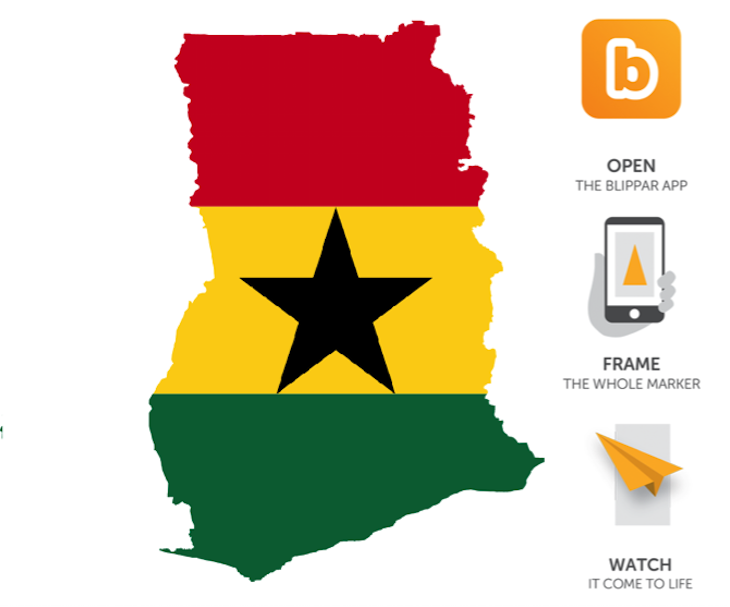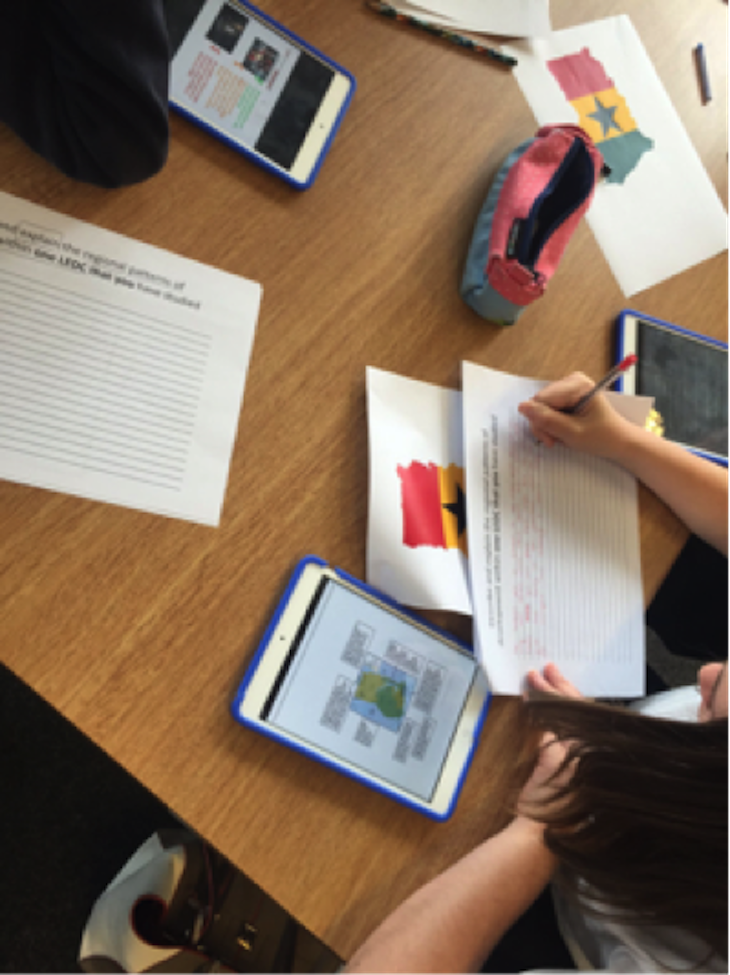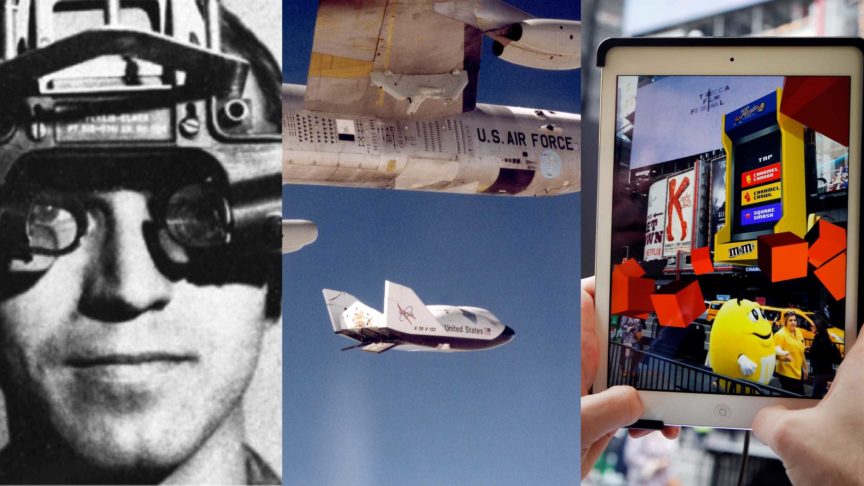Teacher Rhys Corcoran On Using Blippar For GCSE Geography
November 11, 2016
Teacher Rhys Corcoran On Using Blippar For GCSE Geography

Rhys Corcoran is a secondary school teacher from Mary Immaculate High School Cardiff, Wales. Rhys is a geography teacher, an advocate for raising standards and a learning and teaching coach with a speciality for e-learning. He is passionate about teaching and learning and is confident that technology is the key to helping develop our student’s future.
It’s been awhile since I wrote a blog. Like many things in education there has always been something in my way which has moved to the top of my to do list; but this time, I felt that this blog needed to be written. I have been using Blippar and its Augmented Reality Creator Blippbuilder periodically over the last few months. I’ve found it has so many unique advantages that modify the learning taking place in my classroom.

(Scan the Ghana marker above with the Blippar app to see how Rhys has used Blippbuilder to create the interactive case study)
When using Blippar and experimenting with Blippbuilder, I felt that it could really change the way I deliver case studies at GCSE level, and how I prepare students for their exams. Previously, I would give students large amounts of handouts with information about a selected place, for example a volcanic eruption such as Montserrat. I would also make videos and advice sheets that could assist students in answering GCSE questions, the plan being they could use all of this information to complete a key question in an exam. Students do find this technique works, but it can be a case of death by resources, and often students do not access them for revision, meaning the hard work of teacher preparation is wasted. I felt that if I used Blippar, I could create something quite special for this particular lesson as well as something useful for revision or independent study.

The topic the class was studying was the difference in levels of development within one country, and the class's particular focus was on Ghana. This is often a question asked at GCSE and strongly relies on students knowing their case study, as it is very particular; other questions can be generic, but this question requires specific details about Ghana's economic differences. Therefore, I decided to build all the teaching resources into one simple Blipp that students can access at their own pace and plot their own learning journey.
Usually when I differentiate I give students three different versions of a case study that either categorize elements for lower ability or have elements that stretch the most able. Therefore, I have three different handouts available and students just take the easiest one or the hardest one to avoid embarrassment; meaning this form of differentiation isn't working. By layering them into one blipp students can access the resource that suits their ability privately and selectively. I felt that this could best be displayed using the traffic light system that I use to differentiate all of my learning objectives and challenges.

I have spent the last few years creating a bank of video resources which I use to help students through exam technique; for example, to explain how to answer different questions. These have become good starter activity in lessons, or just dusty QR codes at the back of my classroom; the point is that they had limited impact with a maximum effort from myself. I decided to put one of these video's into a blip, a video that explained how to structure paragraphs for 6 mark answers, allowing students access to this support at their own pace until mastering the technique.

Lastly I was concerned with the students’ ability to draw sketch maps, and one was required in this particular exam question. Therefore, I included an annotated map of Ghana for students to use to help with their explanation.
I was truly amazed with the results of using Blippar in my lesson; students loved the way their simple colourful map of Ghana came to life and became interactive. They enjoyed how it was unique and offered so much support in one place. It was evident students prefer to have all the resources they needed in one place with easy access; they liked the individuality the blipp had. Many students challenged themselves and went for the most most difficult resource, but then went to other resources until their understanding was strong enough. Students claimed their favorite part was how they had access to the video tutorials that could be watched and paused to allow them to answer their own questions fully.
I asked my students if they would like to continue to use this blippable resource, or if they felt it was just a cool one-off: they surprised me with their answers. They felt that its 3D element was certainly more engaging and the traffic light buttons made it simple to use and understand. They loved how there was so much useful interaction, and how it was private to them. Lastly, they felt that they would use this at home and would prefer if all of their work was delivered like this,: a simple picture that it would take up little space in their bags. They felt that it was the best support they had received, since they could use it when they felt like it, and not have to search around for it. In sum, using Blippar in my classroom was a complete success!

I have to say the work the students produced using Blippar was of the highest standard and really impressed me considering this was a GCSE topic but delivered to year 9; many students created excellent GCSE level answers. It made me realise that this type of technology would really benefit my GCSE classes. It has given me the idea of creating a case study page of images and each image can contain the various blips that would give students information and videos etc. This would probably work far better than the thick revision guides that I create which I feel students do not relate well to and often do not use. I love to use Blippar and feel that as my own skills improve, so will the quality of my blipps; therefore improving my students’ progress as a result.
If you want to start creating your own interactive classroom materials with Blippar, just complete this form and to receive a free Blippbuilder licence for Educators.


